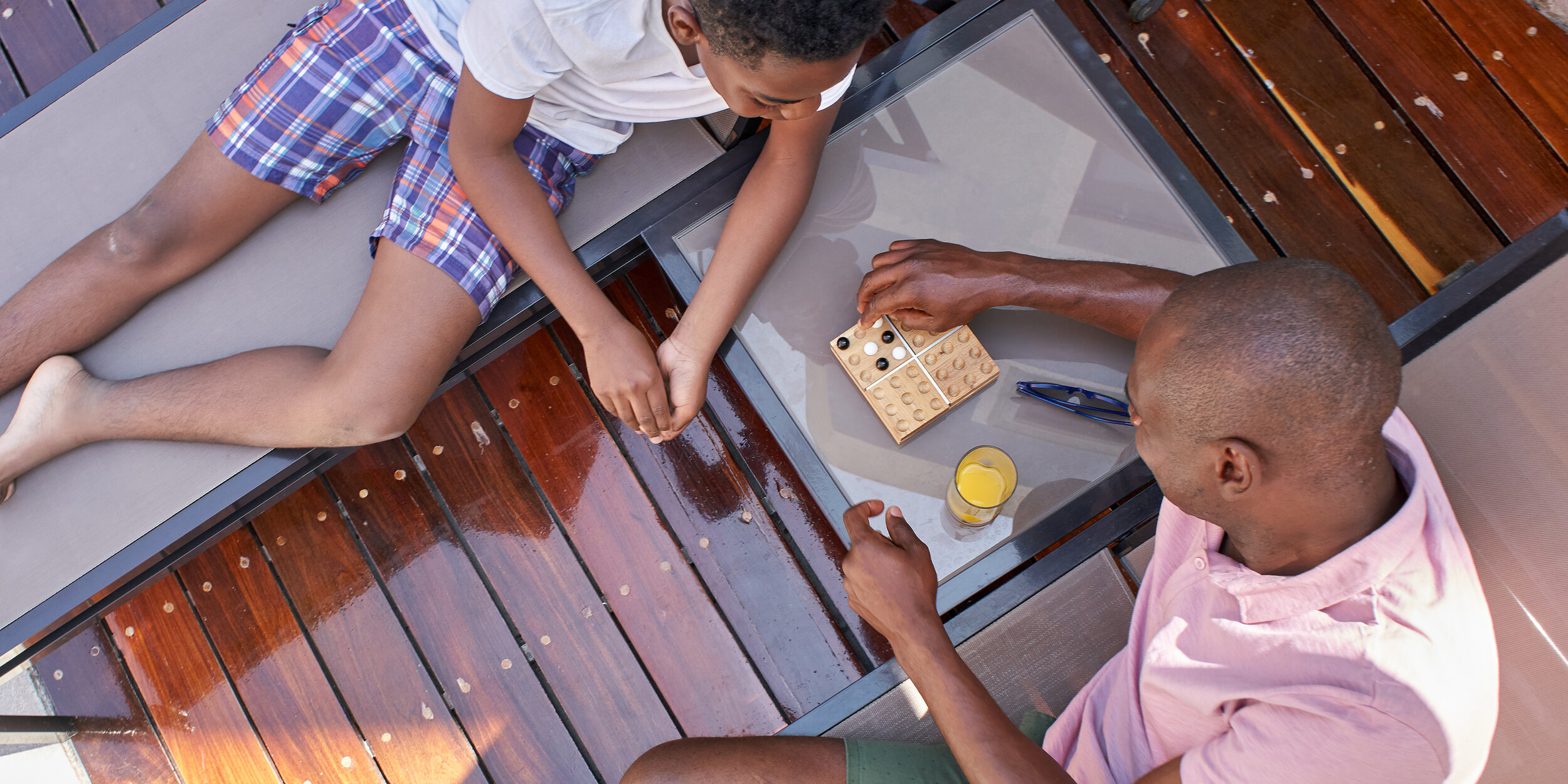How Does MDFT Work
Healthy Families are the Best Medicine for Youth

MDFT Transforms Lives by Intervening in Four Connected Domains:
Our therapists use a comprehensive approach by meeting:
Individually with the youth
Individually with the parents/guardians
Together as a family
Together with youth, the family, and community influences
Interventions are integrated and coordinated within and across these four domains. Just as problems overlap, MDFT facilitates changes in each of these domains to encourage changes in all the others. Sessions are conducted from one to several times per week over the course of three to six months.
MDFT Goals
For Youth:
Improve self-awareness and enhance self-worth and confidence
Develop meaningful short-term and long-term life goals
Improve emotional regulation, coping, and problem-solving skills
Improve communication skills
Promote success in school/work
Promote positive friendships and social activities
Reduce substance misuse, delinquency, and problem behaviors
Improve and stabilize mental health
For Parents:
Strengthen parental teamwork
Improve parenting skills & practices
Rebuild commitment to parent-youth emotional bonds with youth
Enhance parents' well-being and self-care
For Family:
Improve family communication and problem-solving skills
Strengthen emotional attachments and feelings of love and connection among family members
Improve everyday functioning of the family unit
For Community:
Improve family members' relationships with school, court, legal, workplace, and other neighborhood social systems
Build family member capacity to access needed resources





